coatimundi_org
Ideal_Rock
- Joined
- Dec 9, 2007
- Messages
- 6,281
Date: 9/13/2008 5:24:15 PM
Author: glitterata
Thank you, Coatimundi!
Where are you in school? If it's NYC, you CAN take them to school and test them for me!
I don't see any doubling, though I'm not absolutely sure I would know it if I did. But I do see a certain amount of abrasion at the edges, and I don't know how great the polish is. I see some (parallel) lines in the surfaces of the faces.
Is the period right for synthetic spinel or synthetic sapphire? I'm pretty certain these earrings are pre-World War I, probably the 1900s.
I have a new pair of old phony earrings that I'll try to post soon.
You're welcome! I'm in Los Angeles, unfortunately, or I'd definitely take them in and test them. It's what I do all day!

Synthetic sapphire was used from around 1900 onward. Synthetic spinel was popular around the 1920s, and it was also used a bit earlier.
To look for doubling. With a loupe, look through the crown facets and examine the facet junctions. If the facet junctions appear to double, you've got a doubly refractive stone. The facets will mirror each other so you see them side by side. I've attached a photo. You can usually find doubling this way rather than looking through the table--best through the crown facets.
The parallel lines are polish lines. How's the fire? Extreme, moderate, low? I thought they also could be strontium titanate, but that didn't emerge until the 1950s. Strontium titanate has really high dispersion, and I thought they looked pretty firey from the photo.
They may be glass--and pretty glass at that--I would love to know! I'd love to see more of these antique stones. They have a wonderful charm. My personal favorite is synthetic rutile. Have you seen it? It has inordinate fire--non stop crazy and blinding. It was used in the late forties. It's pretty rare--but you can still find antique pieces that used it. Do you have any pieces with extreme fire? I'd love to see!

--Example of doubling--
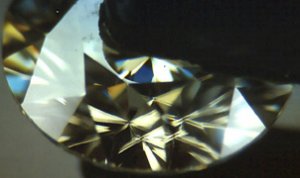

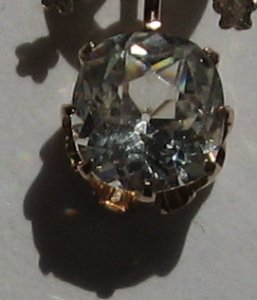
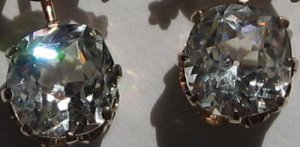
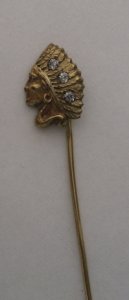
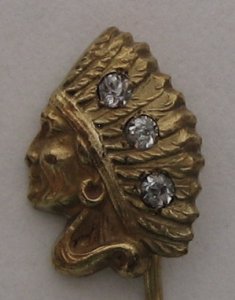
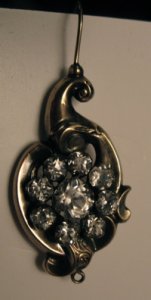
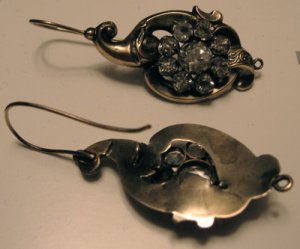
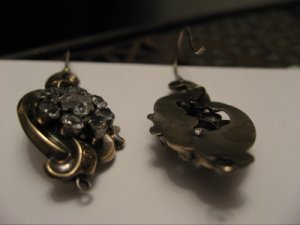



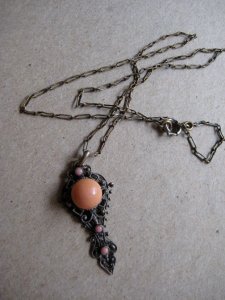
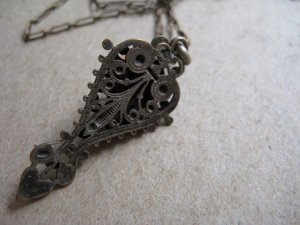
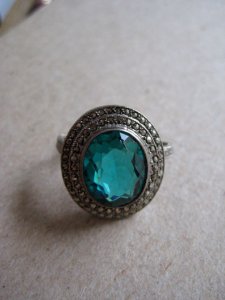
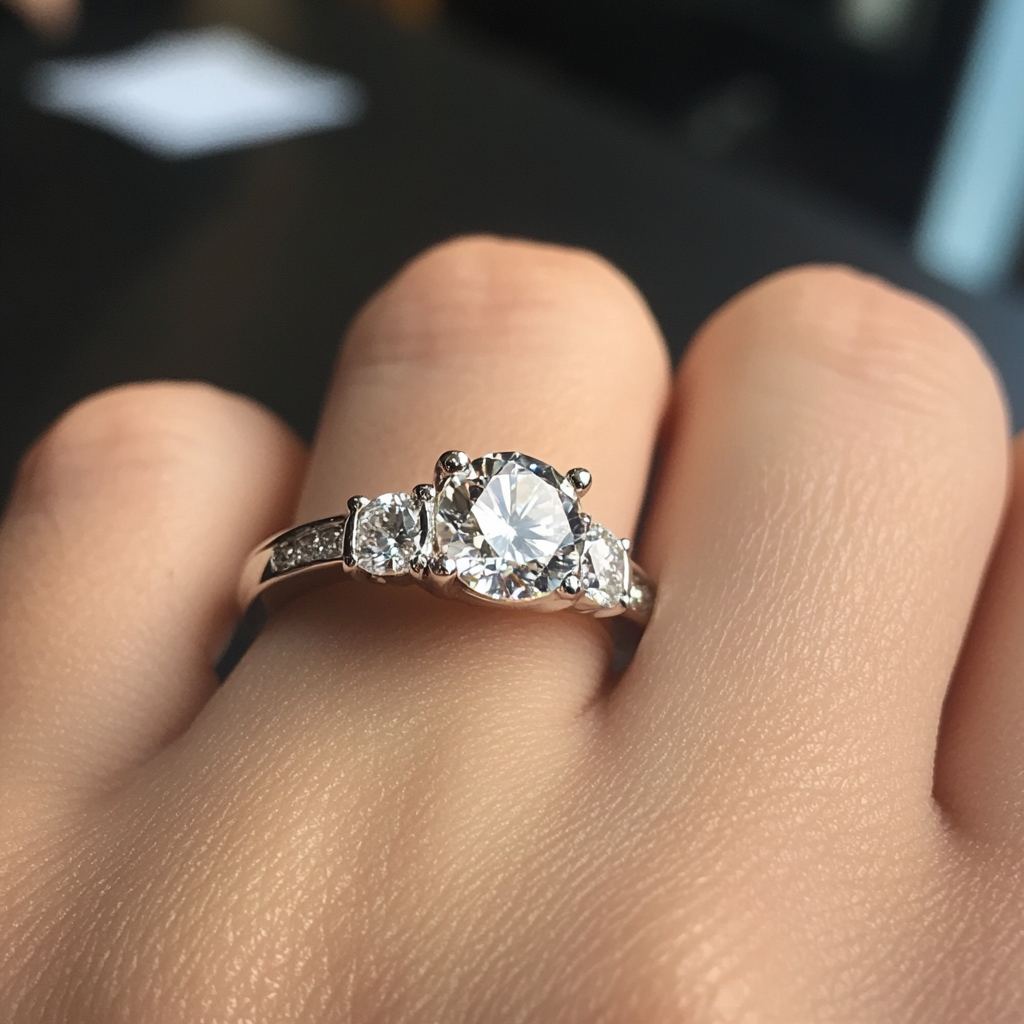

300x240.png)